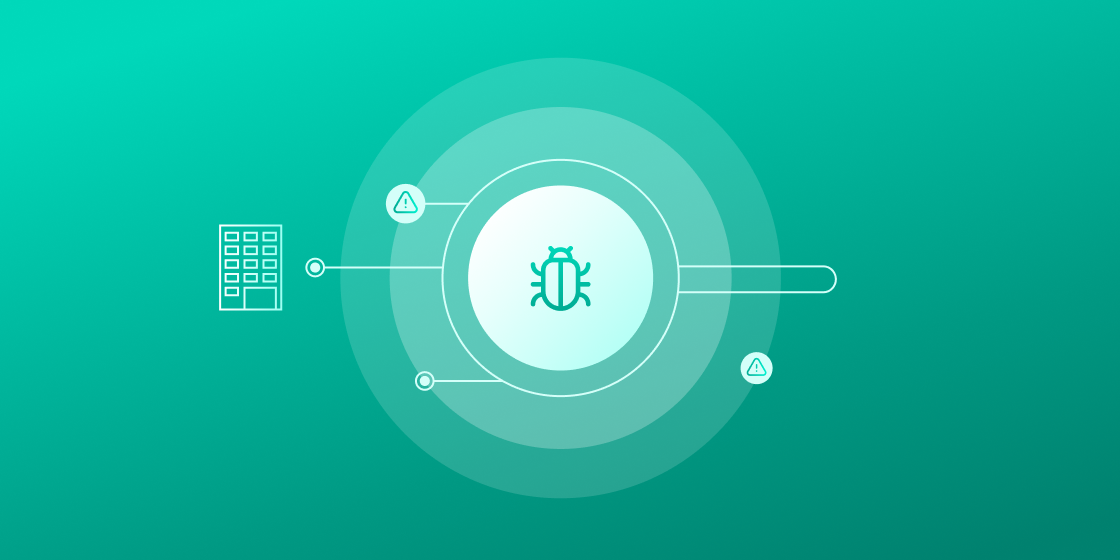
To safeguard their sensitive data and digital assets, most companies rely on Security Operations Centers (SOCs). However, SOC teams often find themselves overwhelmed by the increasing volume of alerts and incidents, leading to delayed responses and heightened risk exposure. Fortunately, the advancement of Artificial Intelligence (AI) has given rise to a new generation of SOC tools which automate alert triage, investigation, and response, transforming the way incidents are handled. This blog will explore “AI-enabled incident triage,” delving into how it works, its benefits, and its impact on key SOC KPIs.
What is AI-Enabled Incident Triage?
AI-enabled incident triage is a new approach to handling security incidents in a SOC. It leverages the power of artificial intelligence and machine learning to assist SOC analysts in the process of alert triage, investigation, and response. By analyzing vast amounts of data, identifying patterns, and learning from historical incidents, the AI can significantly reduce the burden on human analysts and enhance the efficiency of the SOC workflow.
Automating Alert Triage
In a typical SOC environment, a multitude of security alerts generated by various tools inundate the system, creating an overwhelming workload for analysts. While some alerts can be quickly verified, the majority require manual information gathering and extensive checks to determine their malicious nature. Unfortunately, the limited time and analyst resources in the SOC make it impossible to handle every alert. As a consequence, some alerts remain untouched, while others are intentionally filtered out to cope with the volume. In both scenarios, this creates blind spots where potential attacks could go unnoticed.
The key to resolving the alert overload problem lies in expanding a SOC’s capacity to thoroughly review every alert. This is precisely where artificial intelligence comes into play, offering substantial benefits. With AI, the content within an alert can be automatically analyzed, and the AI system can dynamically select and conduct tests until it determines whether the alert indicates malicious activity. The brilliance of this approach is that AI can simultaneously review numerous alerts and thoroughly investigate each one, surpassing the capabilities of human analysts on a massive scale. As a result, it becomes feasible to derive security value from various types of data, such as network security alerts, which were previously disregarded by security teams due to their overwhelming volume and limited accuracy and usefulness of the information in the alerts themselves.

Streamlining Incident Investigation
Triage is just the initial step in the incident management lifecycle; it’s only the beginning of the many time-consuming tasks that follow. Once an alert is identified as malicious, an even more extensive investigation is required to grasp the incident’s nature, extent, and necessary actions. SOC analysts must collect and synthesize information from multiple sources to comprehend the attack, which not only consumes time but also demands a high level of skill. Due to these capacity and skill limitations, SOC teams cannot investigate every incident to the extent they desire. They prioritize efforts for incidents deemed most critical or impactful.
Modern attacks are often multifaceted, involving multiple stages. For instance, an attack might start with a phishing attempt, then proceed to infect a user with malware, and finally spread through the network. Without skilled analysts capable of connecting all the dots, some parts of the attack may go unnoticed, increasing the risk of a successful attack. In fact, in certain cases, investigations get skipped altogether. For example, when malware is discovered on a device, a SOC’s playbook may simply require the device to be immediately reimaged. While this addresses the infected machine, any lateral movement of the malware within the environment remains undetected, and valuable evidence required to identify the full extent of the attack is erased.
AI comes to the rescue by enabling comprehensive investigations of every malicious alert. It offers decision-ready analysis, including incident scope, root cause, and details of affected users, hosts, applications, and more. This empowers analysts to gain a clear understanding of the incident and take appropriate steps to contain and mitigate it effectively. With AI support, SOC teams can handle incidents more efficiently, leaving no stone unturned and enabling their security operations program to find more attacks.

Enhancing Incident Response
Swift and effective incident response is critical in mitigating cyber threats and reducing the impact of security breaches. However, manually coordinating responses across diverse security tools and systems can be a slow and daunting task.
This is where AI comes into play. AI can generate incident-specific response plans that organize efforts to contain, remediate, and enhance an environment’s resiliency based on the security issues identified during incident investigation and impact analysis.
AI-enabled SOC tools play a significant role in ensuring effective and rapid response. They offer step-by-step guidance on how to perform each required corrective action using an organization’s security tools. Moreover, many tools provide one-click remediation or fully automated response options, resulting in significantly reduced response times. By leveraging AI in incident response, organizations can better protect themselves from cyber threats and minimize the impact of security breaches.

Improving SOC KPIs with AI-enabled Incident Triage
Reducing response times
Manual and time-consuming tasks in the triage process result in extended Mean Time to Detection (MTTD). Additionally, once an alert is confirmed as malicious, the subsequent complex and lengthy investigations further delay containment and response, leading to prolonged Mean Time to Remediation (MTTR). However, incorporating AI to automate both triage and investigation can significantly decrease MTTD and MTTR times. This can bring remediation times down from days to minutes, which greatly reduces the likelihood of an incident resulting in a breach.
Improving Response Effectiveness
Incidents that go undetected, or only partially detected, cannot be adequately contained and remediated. Without conducting proper triage and investigation on every alert and without stitching data across security data sources (e.g. email, network, identity, endpoint, etc.) to see entire attacks, there is no way to effectively respond to incidents. AI’s role in this is simple, ensure every alert is reviewed and every incident is investigated thoroughly to make sure response efforts are effective.
Boosting Analyst Morale
Increasing analyst morale is crucial for organizations facing challenges in hiring and retaining skilled team members. One effective approach to achieve this is by streamlining and automating repetitive and time-consuming tasks like alert triage. By eliminating the tedium, analysts can redirect their efforts towards more impactful and engaging work. This newfound freedom allows them to dedicate their time to exciting projects such as security hardening and threat hunting.
Easing Hiring Pressure
According to a recent report by ISC2, there are currently 3.4 million open cyber security roles, representing a 26.2% increase compared to last year. Given this shortage of skilled professionals, building an effective SOC requires maximizing the potential of each employee and minimizing the need for additional analysts, as hiring alone is not a feasible solution.
One way to achieve this is by implementing AI-enabled incident triage, which significantly boosts the productivity of SOC analysts, thereby reducing the necessity to hire more personnel. With the automation of time-consuming tasks such as triage, investigation, and response, even junior analysts can make substantial contributions to the overall efficiency of the SOC. As a result, managers can focus on hiring more junior analysts without concerns about their immediate impact on team metrics.
Conclusion
In a rapidly evolving threat landscape, the traditional approach to incident triage and response is becoming unsustainable. Embracing AI-enabled incident triage solution is the way forward for modern SOCs.
Radiant Security is an AI-powered SOC co-pilot that boosts SOC analyst productivity, detects real attacks through in-depth investigation, and drastically reduces incident response times. To learn more, visit us at https://radiantsecurity.ai.
Back



